Balance of Trade, Globalization and Protectionism

SHI Update 12/7/16: Steaks are Heating UP!
December 7, 2016
SHI Update 12/14/16: The FED Speaks
December 14, 2016For decades, we have completely ignored a huge issue.
Notice I didn’t use the word “problem?” That’s because experts don’t agree it is a problem. But the experts do agree on the facts:
On one hand, globalization has enriched the world and the lives of peoples everywhere. Fluid cross-border trade has made it possible for economically efficient producers to make and sell their produces and services anywhere on the globe. As long as the importing country had money to pay, inexpensive products were available and plentiful. And Walmart filled their stores with them.
On the other, globalization has made it possible for vastly lower cross-border manufacturing costs and corporate tax rates to entice US companies to relocate manufacturing facilities – and entire companies – off shore. Glaring differences in cross-border wages and government regulation fueled a continuous exportation of US manufacturing and business resources to the lowest bidding country. Making it possible for China to become a manufacturing powerhouse and Ireland to inspire tax inversions.
Today the US finds itself with a trade deficit (balance of trade on goods and services) of over $500 billion per year.
President-Elect Trump has shined a bright light on both. The trade deficit and tax inequities are both constantly in the newsWhy you should care:
At a rally last Thursday in Des Moines, Iowa, Trump continued his criticism of China: “China is not a market economy,” he said. “They haven’t played by the rules, and they know it’s time that they’re going to start.” In his speech, Trump suggested China is responsible for about 1/2 of the US global trade deficit.
It’s clear: Nationalism and isolationism are on the rise. If US protectionism results, new US trade policy could trigger a ‘trade war’ with China and other nations, possibly reducing available imports, and most assuredly increasing the cost of those imports.
Whether we agree with Trump on the solution, these are truly foundational issues for all of us. And it is time we dealt with them.
The trade deficit matters.
Taking Action:
Sorry I don’t have a more active suggestion – but stay informed. If you feel compelled, share your opinion with your congressman. But this is one issue to watch carefully.
If you’re convinced a trade war is coming soon, buy imports sooner than later. Later they may be a lot more expensive. 🙂
The Blog:
If you google “define trade deficit” you’ll get this result:
“the amount by which the cost of a country’s imports exceeds the value of its exports.”
The US trade deficit is massive. In 2015, it exceeded $500 billion. Take a look at the chart below, prepared with data sourced from the US BEA, beginning in 1999. And at over $334 billion in 2015, China was the source of more than 1/2 our trade deficit. (Be sure to click on the chart to enlarge it.)
But the US hasn’t always had a massive deficit with China. The Census Bureau also tracks international trade data. Take a look at the 1985 data:
Almost perfectly balanced. And then China became a manufacturing powerhouse. Between 1985 and 2015 the US trade deficit exploded. And China’s trade surplus did the same.
Cheap and plentiful labor, combined with lax regulation and modern infrastructure, enticed US business to build factories in China. And build products for sale in the US. Goods flowed to the US … capital flowed to China.
Today, the massive wage differences are gone. Take a look at the chart below, courtesy of TradingEconomics.com:
As I reported earlier in the year, wage increases have led China deeper and deeper into manufacturing automation. Rest assured, automation technology/equipment is no cheaper in China than in the US.
Finally, China’s rapid industrialization, combined with lax environmental oversight, has polluted the country. According to some experts, 16 of the world’s 20 most polluted cities are in China.
Going forward, China will have no choice: Like all developed nation problems, they must deal with their internal problems. They are becoming less and less of an economic threat.
This fact is obvious from the BEA chart above. In the early 2000s, annually our trade deficit with China grew as much as 25% per year (of course, it shrunk during 2009, during our “Great Recession”); since 2011, it hasn’t grown by more than 7% per year … and the rate of growth seems to be slowing.
A similar thing happened in Japan. Before China, Japanese was the manufacturing powerhouse – and the source of great American concern. The slogan ‘Made in Japan’ transformed from a joke to a threat, as Japan’s skill and economy grew in leaps and bounds.
But we see our trade deficit with Japan is unchanged between 1999 and 2015. It peaked in 2006 and has steadily declined since then.
Without sever trade intervention, might our deficit with China follow the same course? I feel this is quite likely.
(Off topic, but equally interesting, take a look at the Saudi Arabia and OPEC columns on the chart. 2015 produced the first trade ‘surplus’ in decades with OPEC nations. Fascinating!)
There is no doubt these are serious issues. But the damage is done – and behind us. As a nation, we now find ourselves at a crossroad: Should we take aggressive action? Declare China to be a “currency manipulator” and throw a 35% trade tariff on Chinese exports to the US?
Or should we let natural economic forces take it from here? With a little help from Washington? This is a better choice.
Remember: Our American economy remains the largest on the planet. With an annual GDP surpassing $18.5 trillion, we are an economic powerhouse, and still the largest consumer market in the world. The buyers are here. Sellers know this. If the US can solve the cost, regulation and logistic issues, we can compete. At first, locally. And over time, on a global scale. Large-scale ‘advanced’ manufacturing can grow here in America.
Don’t believe me? Well, then talk to Joe Max Higgins. He’ll tell you I speak the truth.
60 Minutes recently produced a piece entitled “The Golden Triangle” about one of the poorest areas of the US – rural Mississippi – where Joe’s credited with generating about 6,000 manufacturing jobs and billions of dollars of GDP.
How’s he doing it? If you haven’t seen this piece, take a look – you’ll enjoy it:
http://www.cbsnews.com/videos/the-golden-triangle
If the US can compete on a global scale, we don’t need to talk about tariffs and trade wars.
All we need is an administration intelligently focused on building American business. Cutting regulation. Building local infrastructure. Since 2003, Joe Higgins has proved it can be done.
It’s been said patience is a virtue; but it’s also a burden. The average American has shouldered the burden for decades; now with some proactive effort from a business-friendly administration in Washington, perhaps the burden is behind us.
“Make America Great Again” was the Trump campaign slogan. With the right domestic approach and an international business development team, this is achievable.
Without tariffs or a trade war.
- Terry Liebman

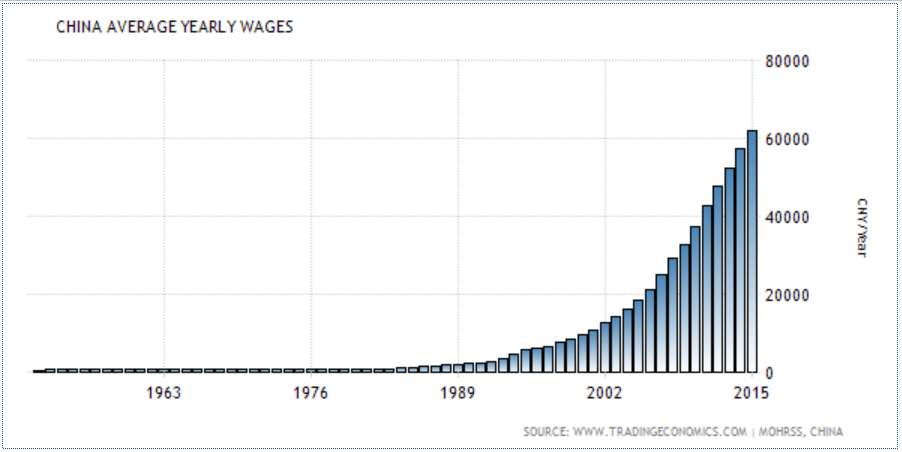
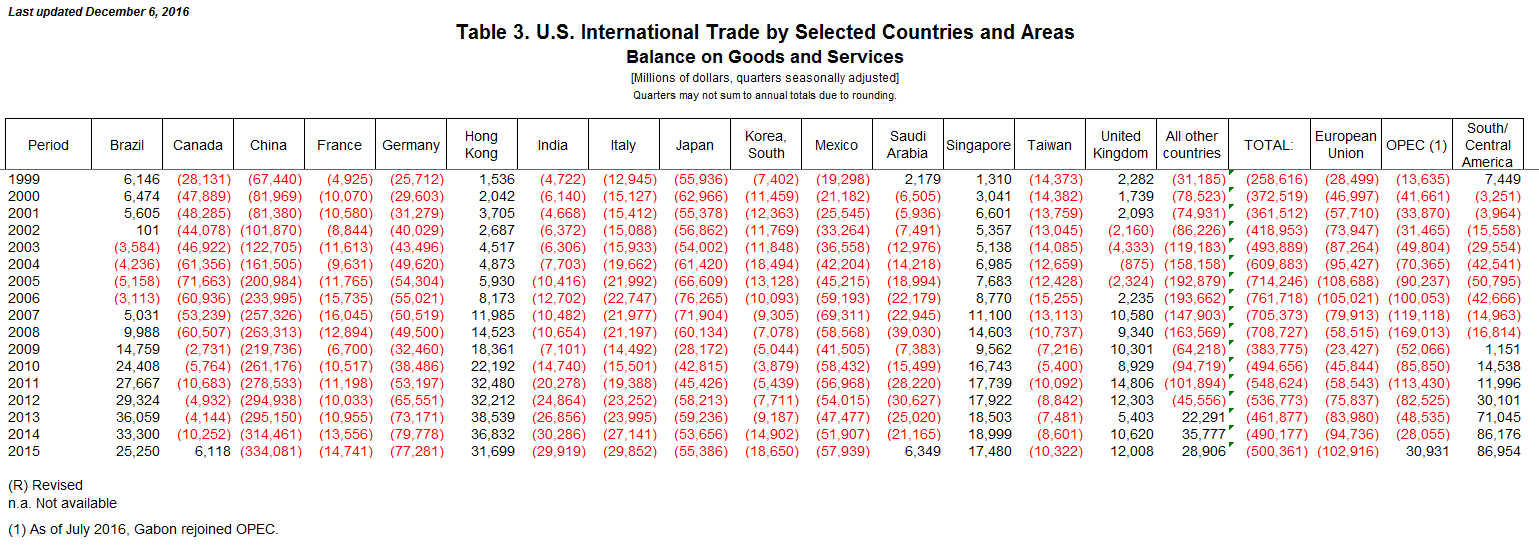
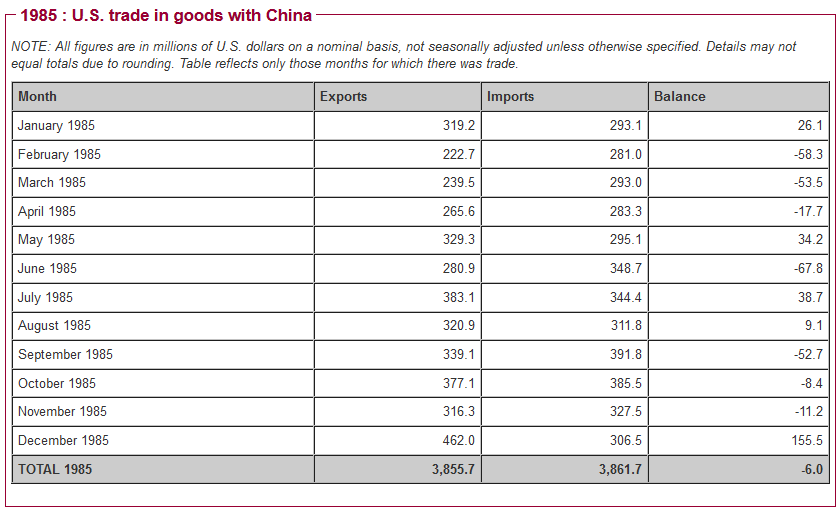
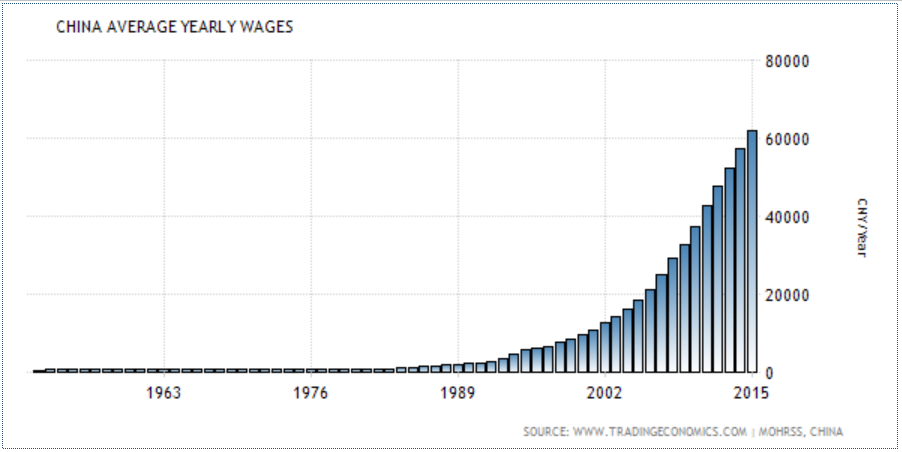


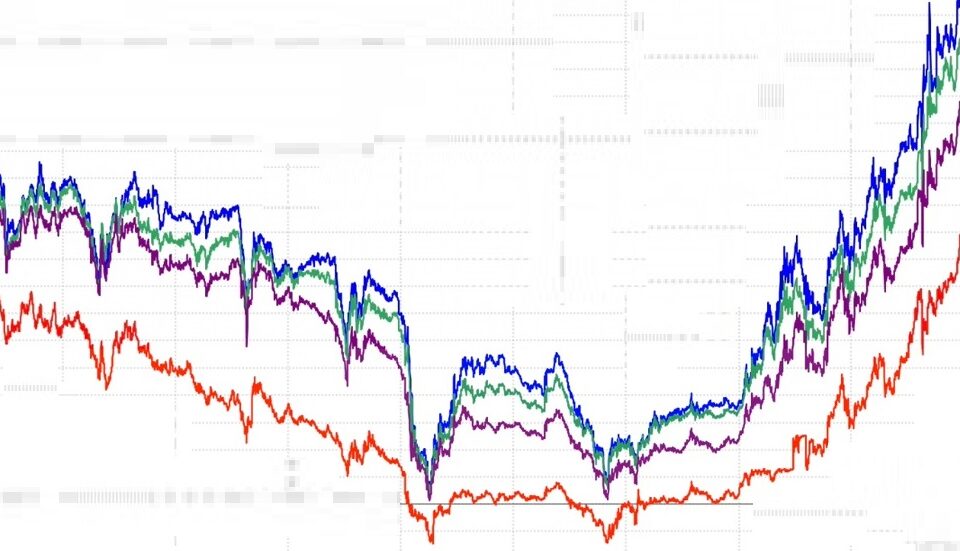
3 Comments
Love it! Yesssssss….no trade war, puh-lease. OMG, I had almost forgotten how much I love a good Mississippi accent. Appreciate the practical advice. 😉
I?¦m no longer positive the place you are getting your info, but good topic. I needs to spend a while learning much more or working out more. Thank you for fantastic info I was searching for this information for my mission.
I think this is among the most vital info for me. And i’m satisfied studying your post. Nonetheless should commentary on few normal items, The internet site taste is ideal, the articles is in reality outstanding . Outstanding activity, cheers.
cartier replica ring cheap http://www.latestbracelet.com/